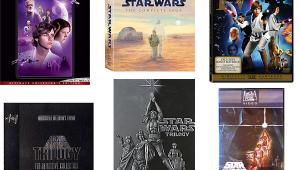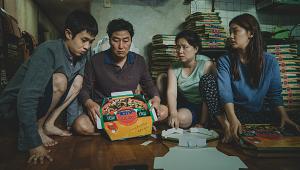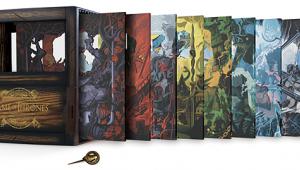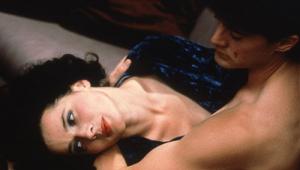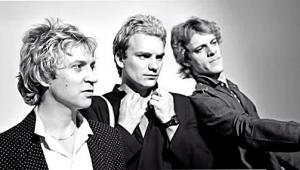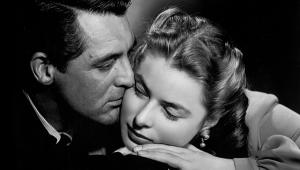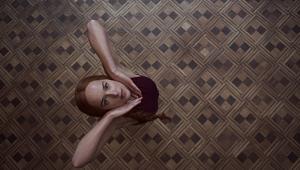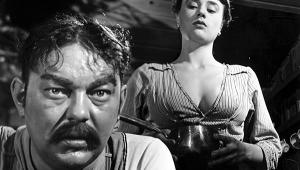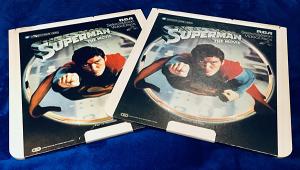Stranger Than Paradise & Night on Earth
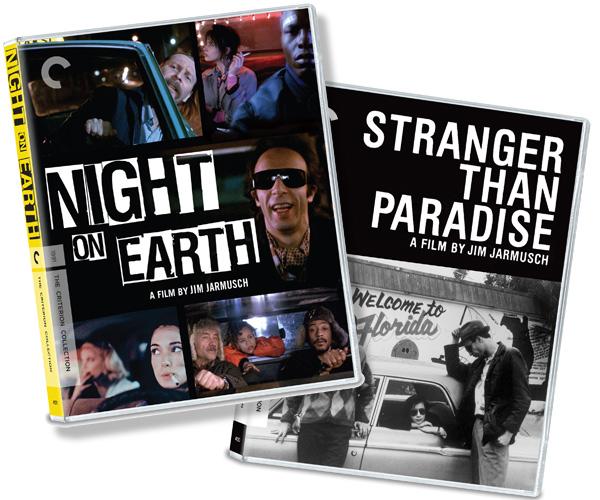
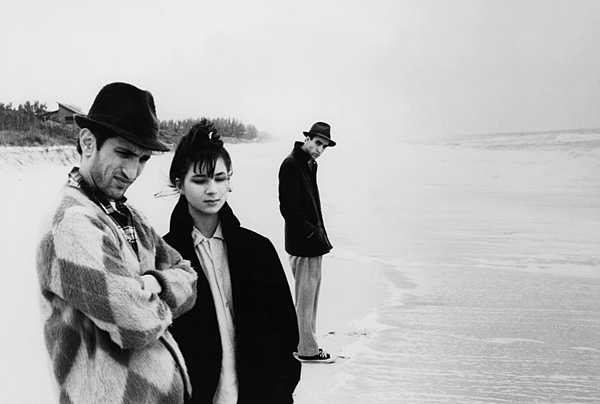
Jarmusch, aided by Tom DiCillo's (Coffee and Cigarettes) cinematography, fills the screen with lengthy, unbroken, near-static or slow tracking shots set in dingy, beat-up 1980s Lower East Side NYC apartments and Florida motel rooms. One-shot scenes end with a cut to black before moving on—typically to a scene with unmoving fellows lazing around. Images are often low contrast black-and-white, but the sunglasses in the Florida scenes come across as a deep black and the snow on a frozen Lake Erie bright white, with a wide range of beautiful, grainy grays between.
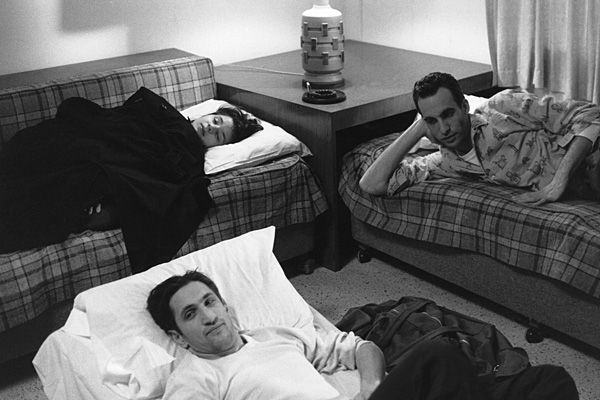
The film's music—a haunting atonal string quartet score created by John Lurie—sounds perfectly apropos in mono, with clean violin and bassy cello. The occasional injection of Jalacy "Screamin' Jay" Hawkins' memorable rendition of "I Put a Spell on You," played on a portable cassette deck, is suitably tinny at first, but then swells to fill the soundtrack, its inherent madness coming across powerfully. The near ad-libbed dialogue sounds clear despite the mumbled delivery, and the film's long, expressive silences are noise-free.
Night on Earth tells five different tales of taxi rides in major cities around the world. A wide range of intimate interactions between drivers and passengers from different walks of life are depicted, some serious and some hilarious. A final one, set in Helsinki, strikes a tragic tone while acknowledging the influence of Aki Karismaki (also obvious in Paradise) on Jarmusch by using several of the Finnish director's regular actors.
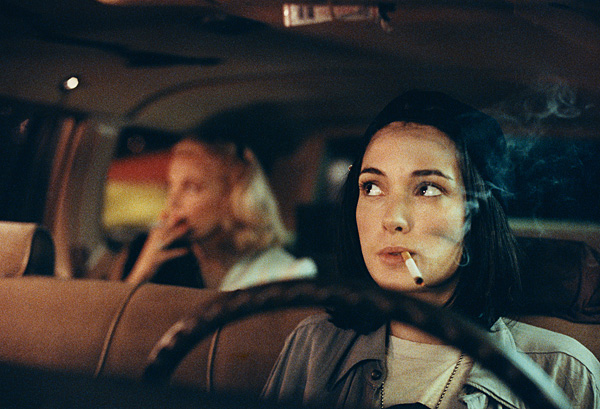
Earth has a very different look than Paradise. It also has higher production values to match the film's wealth of great stars and ambitious script, though the static, minimalist compositions of the earlier film are still present. All scenes take place at night, with director of photography Frederick Elmes (Blue Velvet) creating a dark but warm look, with plentiful streetlights and electric signs used to avoid murkiness. There is good contrast visible in Gena Rowlands' black-and-white outfit, along with rich primaries in the cab scenes and a range of subdued colors elsewhere. Skin tones look natural, and there is plenty of fine detail in street signs and the maps used to identify cities.
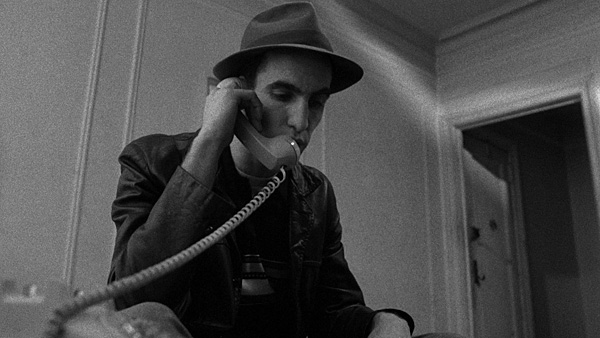
The opening song by Tom Waits sets the tone for Earth wonderfully, his booming voice accompanied by a strange assortment of instruments, all of which sound full and clearly separated. Another great Waits song propels the end credits, and the trumpet, sax, and double bass used in his incidental music are all solid throughout. Atmospheric sounds like car horns, screeching brakes, and growling engines effectively support various scenes, and they are accompanied by frequent pans of airplanes, vehicles, and trains. Dialogue sounds a little harsh and brittle in the airport sequence, but is smoother in the cabs, even during heated arguments.
A commentary track on Paradise has Jarmusch, aided by actor Richard Edson, describing his early years, his film and music influences, and his absorption with American culture. He also offers an analysis of his own cinematic language. A select-scene commentary on Earth features Elmes and location sound mixer Drew Kunin doing similar service for that film, focusing on production adventures in various cities. There's also a Q&A where the director responds to written questions from fans plus a Belgian TV interview.
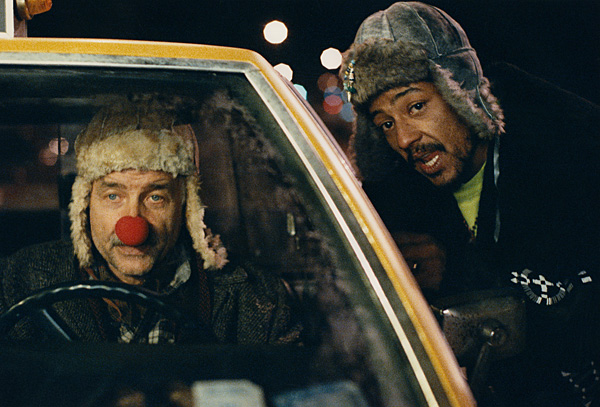
Other Paradise extras include a behind-the-scenes Super 8 film and a 1984 German featurette with cast and crew interviews, both of which provide lots of background on the shoot, the ramshackle downtown locations, and the production's cool collaborators. Thrillingly, there's also Permanent Vacation (1980), Jarmusch's highly accomplished 75-minute first feature, presented in a high-definition digital restoration supervised by the director. Shot in color, it has parallels with Paradise, both visually and in the story arc of its Charlie Parker-obsessed lead's ramshackle odyssey amidst the crazy, lost occupants of a run-down New York City.
Stranger Than Paradise
Blu-ray
Studio: Criterion, 1984
Aspect Ratio: 1.78:1
Audio: Linear PCM Mono
Length: 89 mins.
Director: Jim Jarmusch
Starring: John Lurie, Eszter Balint, Richard Edson, Cecillia Stark, Danny Rosen, Rammellzee
Night on Earth
Blu-ray
Studio: Criterion, 1991
Aspect Ratio: 1.78:1
Audio: DTS-HD Master Audio 2.0
Length: 128 mins.
Director: Jim Jarmusch
Starring: Winona Ryder, Gena Rowlands, Lisanne Falk, Rosie Pérez, Armin Mueller-Stahl, Isaach de Bankolé


